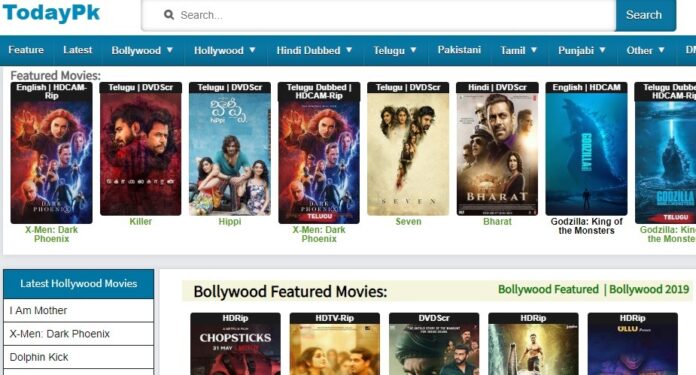Marketing is an important factor of every business as it helps to attract and retain customers by marketing products or services in a manner that connects with the target audience. A well-executed marketing strategy can provide numerous benefits to a company, including enhanced brand awareness, increased sales and revenue, and a broader client base.
A strategic approach to marketing helps businesses identify their target market and develop a promotional plan to stay ahead of the competition and achieve long-term success. In this article, we will explore the benefits of using the right marketing strategy and explains how to create a comprehensive plan to reach the target audience.
What is a marketing mix?
All Heading
Also known as the 4Ps of marketing, the marketing mix is a set of tools and tactics that a company uses to promote its products or services. The four Ps are an efficient way for developing marketing strategies and plans to effectively promote products and services to their target customer base.
It consists of:
- Product
- Price
- Place
- Promotion
First P – Product
As the first P in the mix, Product refers to the goods or services that a business offers. It involves the product’s design, features, packaging, and branding. A company must understand its target market’s needs and ensure that its product fits those needs.
For example, imagine a company that produces and sells smartphones and is introducing new models to the market. To run a successful and profitable campaign and target the core audience, the company needs to consider the design and materials used to make it, the device specifications (CPU, camera, battery, storage, and RAM), the operating system, user interface, and software, color options, warranty, and pricing, whether it is a budget-friendly or high-end device.
Second P – Price

Second in the marketing mix is Price. It specifies the amount of money that the customer must pay in exchange for the goods or services. It comprises all product-related costs such as manufacture, distribution, and marketing. When deciding on a pricing strategy, a company must examine its target market and the value it provides.
A coffee shop owner, for example, wants to provide a diverse selection of coffee options and has invested in high-quality equipment and personnel to do so. As a result, he must set pricing that allows him to cover his expenses and earn a profit while remaining affordable to customers and competitive in the market.
They provide a variety of coffee selections and establish prices that balance affordability and profitability. The shop also provides a variety of pricing alternatives and discounts. They also offer a price match guarantee to ensure that clients are getting the best price possible. This will assist the shop in appealing to a diverse spectrum of customers and increasing sales.
Third P – Place
Place or Distribution is the third P, and it alludes to the methods through which a company makes its product or service available to clients. This includes traditional retailers, online platforms, resellers, and distributors. When deciding on a distribution plan, a company must examine its target market as well as the most convenient and cost-effective ways to reach them.
For example, imagine that a luxury car manufacturer adopts a specialized distribution strategy to market their products. They only sell through a select set of approved dealers and open a limited number of company-owned showrooms in important cities across the world. This method allows the automobile maker to maintain a high-end image while controlling the customer experience and reaching a specified target population who are willing to pay more for the luxury car. This also contributes to their exclusivity and prestige.
Fourth P – Promotion

Promotion or communication is the fourth P of the marketing mix, and it relates to how a company communicates with its target market. Advertising, sales promotions, public relations, and direct marketing are all components of it. When developing a promotional strategy, a company must assess its target market and the most successful ways to contact them.
A tiny local bakery, for example, aims to expand its sales and reach more people. They are on a busy street, making it easier for customers to find them. They also provide online ordering and delivery options to reach more clients and raise product awareness. Also, they have a strong online presence, with profiles on several social media platforms displaying the menu, location, and reviews. By taking into account all of these factors, the bakery can grow its sales and reach more clients.
Conclusion
Lastly, the Marketing Mix, often known as the Four Ps, is an essential tool for any company wanting to effectively sell its products or services. Businesses may establish a successful marketing plan that reaches their target audience and promotes sales by combining the correct product, price, place, and promotion.














Recent Comments